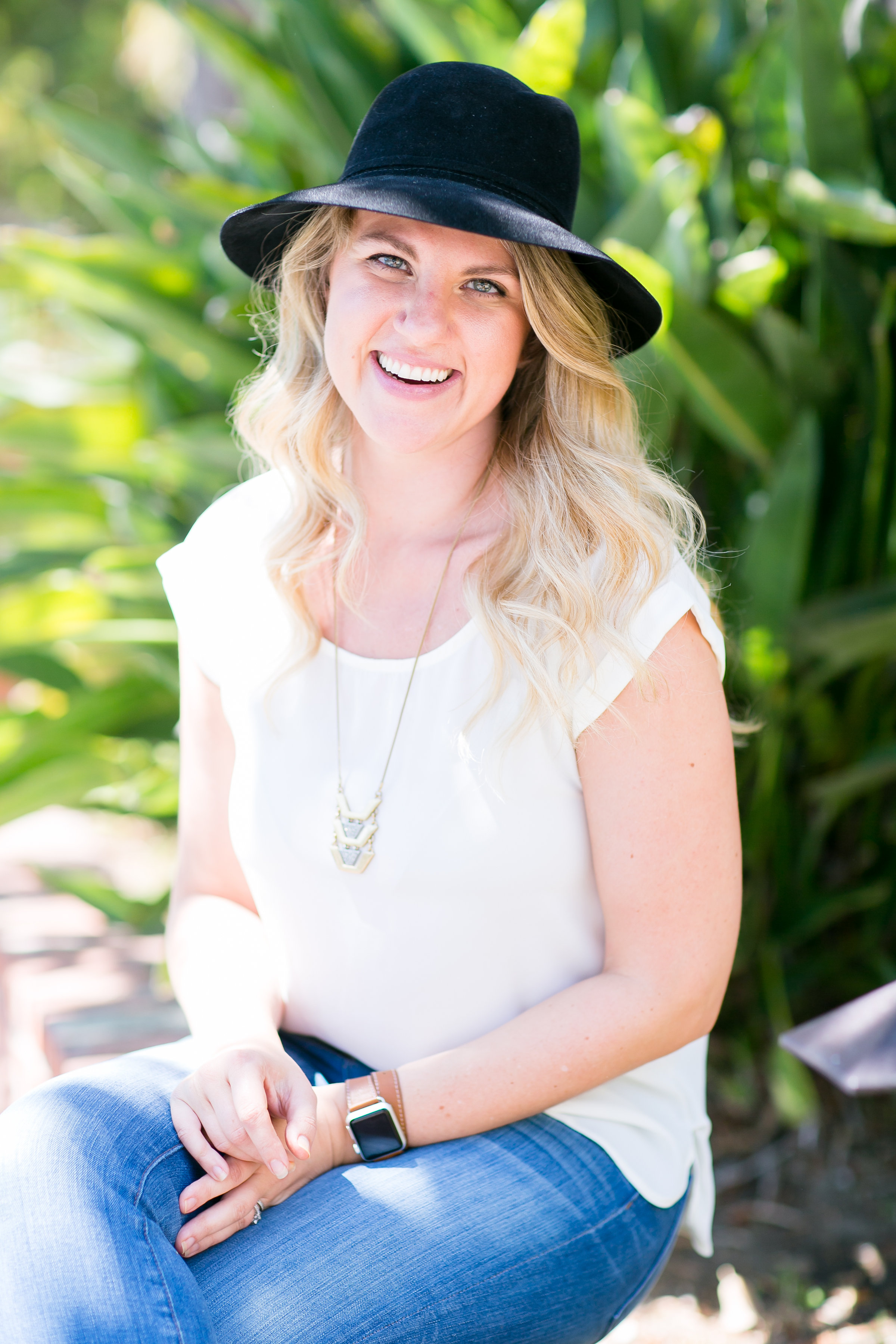 After a brief hiatus, Hostess Twinkies made their (unfortunately) much-anticipated return to convenience store shelves today, and I felt compelled to put in my two cents. I know Twinkie fans aren’t kidding themselves into thinking a Twinkie is a healthy food option (it’s really not actually even a food item at all!), but the treat has such strong nostalgic associations that they still hold a fond place in the heart of many Americans. More than most other, equally unhealthy packaged, processed Hostess treats, Twinkies evoke memories of childhood and simpler times. Maybe dad would let you get one while he filled up the gas tank (don’t tell mom!), or maybe grandma would sneak you one when you came to visit. Hell, maybe you even grew up in a household where Twinkies weren’t relegated to secret, special status, and you got one in your lunchbox every day. Along with all the other changes and responsibilities that come with adulthood, comes the begrudging need to eat better, watch your calories, and stay away from trans fats. So it’s understandable that treating yourself to this symbol of easier times can come with a sizable, if only temporary, emotional payoff.
After a brief hiatus, Hostess Twinkies made their (unfortunately) much-anticipated return to convenience store shelves today, and I felt compelled to put in my two cents. I know Twinkie fans aren’t kidding themselves into thinking a Twinkie is a healthy food option (it’s really not actually even a food item at all!), but the treat has such strong nostalgic associations that they still hold a fond place in the heart of many Americans. More than most other, equally unhealthy packaged, processed Hostess treats, Twinkies evoke memories of childhood and simpler times. Maybe dad would let you get one while he filled up the gas tank (don’t tell mom!), or maybe grandma would sneak you one when you came to visit. Hell, maybe you even grew up in a household where Twinkies weren’t relegated to secret, special status, and you got one in your lunchbox every day. Along with all the other changes and responsibilities that come with adulthood, comes the begrudging need to eat better, watch your calories, and stay away from trans fats. So it’s understandable that treating yourself to this symbol of easier times can come with a sizable, if only temporary, emotional payoff.
Now I’ll admit, I’ve never tasted a Twinkie in my life. I wasn’t allowed to eat junk food as a kid, but even more than that, the weird, somehow alien looking pseudo-food wrapped in clear plastic never appealed to me. Now, as a holistic nutritionist, I know full well all the reasons why my mother forbade us to eat packaged foods like this, but I realize that even this rationalization isn’t always enough for some. So I’m going to appeal to your reason AND your emotions, to help you come to the same conclusion. Eating a Twinkie just isn’t worth it, and it’s not going to make you feel better for long.
They’re not even food!
As evidenced by Steve Ettlinger in his book, Twinkie, Deconstructed, even the “vitamins” listed among ingredients in this pseudo-food are derived from petroleum. In China. Yes, that folic acid and what apparently passes for B vitamins amid the 37 ingredients in a Twinkie are derived from natural gas and other industrial ingredients. Whatever real food ingredients may have at one point been a part of the lab creation of a Twinkie, they have been bleached, processed, chemicalized, and reconstituted beyond all recognition. Even the water in the water they use is heavily processed and laden with chlorine!
They make you fat and sick.

A Twinkies ingredient list reads like a who’s who of the worst bad baddies in the world of food. Tons of processed soy (read: carcinogen); artificial colors and flavors (read: super carcinogen); not one but three different forms of sugar (processed, bleached white sugar, corn syrup, AND high fructose corn syrup); all kinds of processed corn products (six in total) that are genetically modified, and contribute to so many people’s mysterious, chronic ailments; and a slew of toxic chemicals. These puppies are a one-way ticket to obesity, love handles, digestive problems, chronic inflammation, fertility issues, and yes, even cancer.
They actually don’t make you feel any better.
I recognize that many people reading this article know full well of all the horrible effects foods like Twinkies have on their bodies, but in the moment, choose to eat them anyway. Whether it be a desire for comfort, a nostalgic connection to your youth, or just a quick rush of sugary serotonin, the effects of a Twinkie just don’t last. You eat it, you get that momentary rush of whatever it is you’re cravings. And then you go back to feeling like crap. Actually, you’ll probably feel even worse as your body comes down from that quick sugar rush, or as all those toxic chemical start doing their dirty work, or worse yet, as you start to feel guilty about having eaten something so god awful. As I say to my clients every day, it’s not actually that Twinkie you’re looking for. You’re looking for happiness, or comfort, or connection, or FUN. But I’m sorry to say none of that is found within a Twinkie wrapper. So instead of even entertaining the notion of eating that piece of non-food, do something to bring up the desired emotion instead. Call your mom or your best friend from childhood. Play with a puppy. Go for a walk. Dance around. Laugh. Any number of actions will actually give you a lasting positive sensation, without all those terrible side effects.
Really craving the taste? Make your own, healthier version!
{Images: Marketing Pilgrim, Finally Fit After 55, Multianimous}

















